From foetal formation to old age; it’s a must have
View(s):In our series on ‘Essential Minerals’, today, we feature Copper
Copper-rich food
By Dr. Nirmala M. Pieris
Copper is a key trace mineral that is vital to the health of the body from foetal development right through to old age. As it is a trace mineral, it is needed only in small amounts, but without copper our brains, nervous systems and cardiovascular systems will not function normally.Virtually every cell in the body utilizes copper and, together with iron and zinc, it makes up the trio of minerals essential to our well-being. Copper must stay in balance with zinc and iron in the body and if you consume too much of one it can throw the others out of balance.
Copper plays two key roles in our body. First, it helps with incorporation of iron into red blood cells, preventing anaemia. Second, it is involved with generation of energy from carbohydrates. Each of these uses also requires iron and for this reason, the symptoms of copper deficiency can mimic those of low iron.
High copper foods stimulate higher-level thought processes and mental functioning and thus have been called a “brain food” because it helps enable certain neural pathways that promote ‘out of the box thinking’. A lack of copper during growth may result in incomplete brain and nerve development. Copper helps to sustain the elasticity of blood vessels which allows maintenance of proper blood pressure thus playing a vital role in heart health. Research suggests that copper deficiency is one factor leading to an increased risk of developing coronary heart disease.
Copper is necessary for maintaining a healthy immune system to ward off germs and diseases and thus keeps the body healthy and disease free. Copper plays an important role in collagen formation, the connective tissue in the skin and is also a powerful antioxidant that protects cells against free radical damage, thus helping reduce the appearance of wrinkles, age spots, and even macular-degeneration. The vital role of copper in collagen formation is also crucial for bone formation and repair. Copper is also called the ‘love mineral’ as it is central to being a woman. It is needed for fertility and to maintain pregnancy.
About 100 mg of copper is stored in the body, with the highest concentrations in the liver and brain tissues, which account for about one-third of the total. The human body cannot synthesize copper, thus your diet must supply regular amounts for absorption. Too much copper will lead to cramps, diarrhoea, and vomiting in the short term, and can lead to depression, schizophrenia, hypertension, senility, and insomnia in the long term. Copper deficiency can lead to health problems such as anaemia, heart and circulation problems, bone abnormalities and complications in the functioning of the nervous and immune systems, the lungs, thyroid, pancreas and kidneys.
Copper availability
Copper is absorbed, transported, distributed, stored, and excreted in the body according to complex processes which ensure a constant and sufficient supply of the micronutrient while simultaneously avoiding excess levels. Due to this regulation the human body is capable of balancing a wide range of copper intakes for us to remain healthy.
Copper storage
The liver plays an important role in the disposition of copper. Most dietary copper passes through the liver where it can be used for protein and energy production or excreted through the biliary route that comprises the liver, gall bladder and bile ducts. Thus the intracellular handling of copper is extremely well managed in healthy persons.
Copper absorption
The stomach needs to be acidic in order to absorb copper and thus antacids interfere with the absorption of copper, as do milk and egg proteins. Vitamin C, zinc, and manganese also interfere with copper absorption. Protein and fresh vegetables have been shown to improve copper absorption.
Copper toxicity
Copper toxicity, called copperiedus, refers to the consequences of an excess of copper in the body. However, copper poisoning is rare as healthy human livers have considerable capacity to excrete copper. The few reports of chronic copper poisoning refer to patients with liver disease.
Dietary copper is found in a wide variety of foods. Here is a list of some of the top copper rich foods.
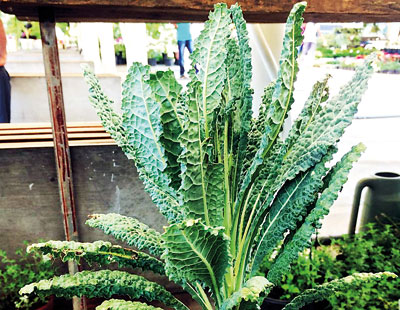
Leafy greens: Many of the excellent food sources of copper are leafy greens that include kale, spinach, beet greens and turnip greens. Steaming is best to preserve the copper.
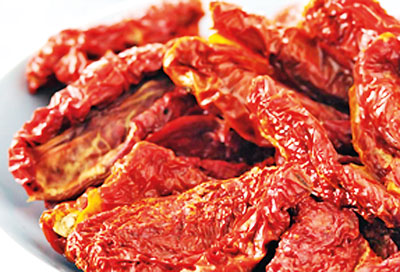
Sundried tomatoes: Sundried tomatoes often used in pizzas, sauces, pastas and salads are a well-known source of copper.

Dried fruits: Dried fruits such as apricots, prunes and currants also contain reasonable amounts of copper.
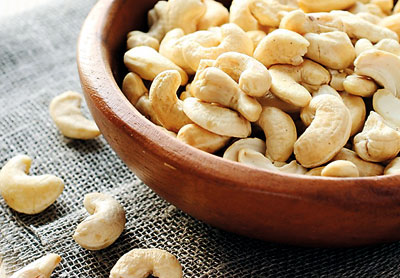
Cashew nuts: Cashews are a tremendous source of copper as well as an abundant source of several essential minerals. So a handful of cashew nuts a day will provide sufficient minerals to help prevent deficiency diseases.

Legumes: Soya beans are rich in nutrients and a rich source of copper. Lentils and chickpeas also stand out as good sources of the mineral.

Beef liver: Beef liver is a rich source of a variety of essential minerals and is an outstanding source of copper, quite in contrast to chicken liver where the copper content is almost insignificant
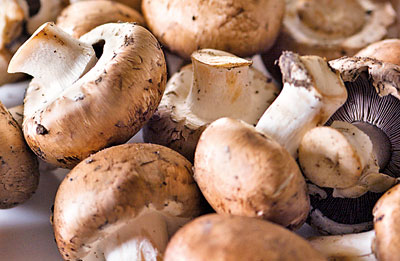
Shiitake mushrooms: Shiitake mushrooms are prized for their rich taste, but this is not the only value of these mushrooms; they are nutritionally unique, with copper figuring most prominently.
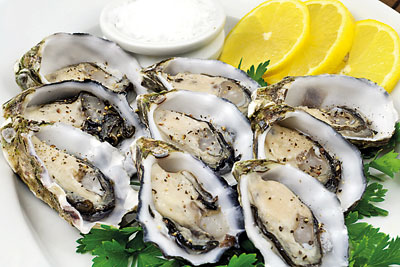
Oysters: Though not the most exciting kind of sea food; oysters are rich in all kinds of nutrients, one of which is copper being best when oysters are cooked. Oysters are delicious steamed with butter and herbs.
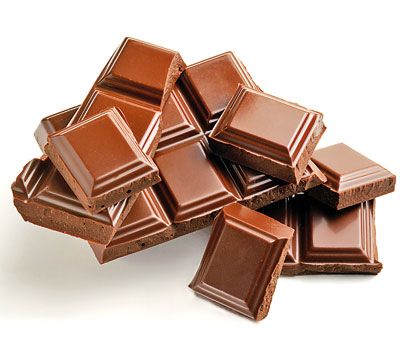
Chocolate: The bean from the cacao tree is naturally abundant in copper with much of it being retained when the bean is processed into cocoa or chocolate. For various reasons, the copper content of dark chocolate is significantly greater than milk chocolate.


